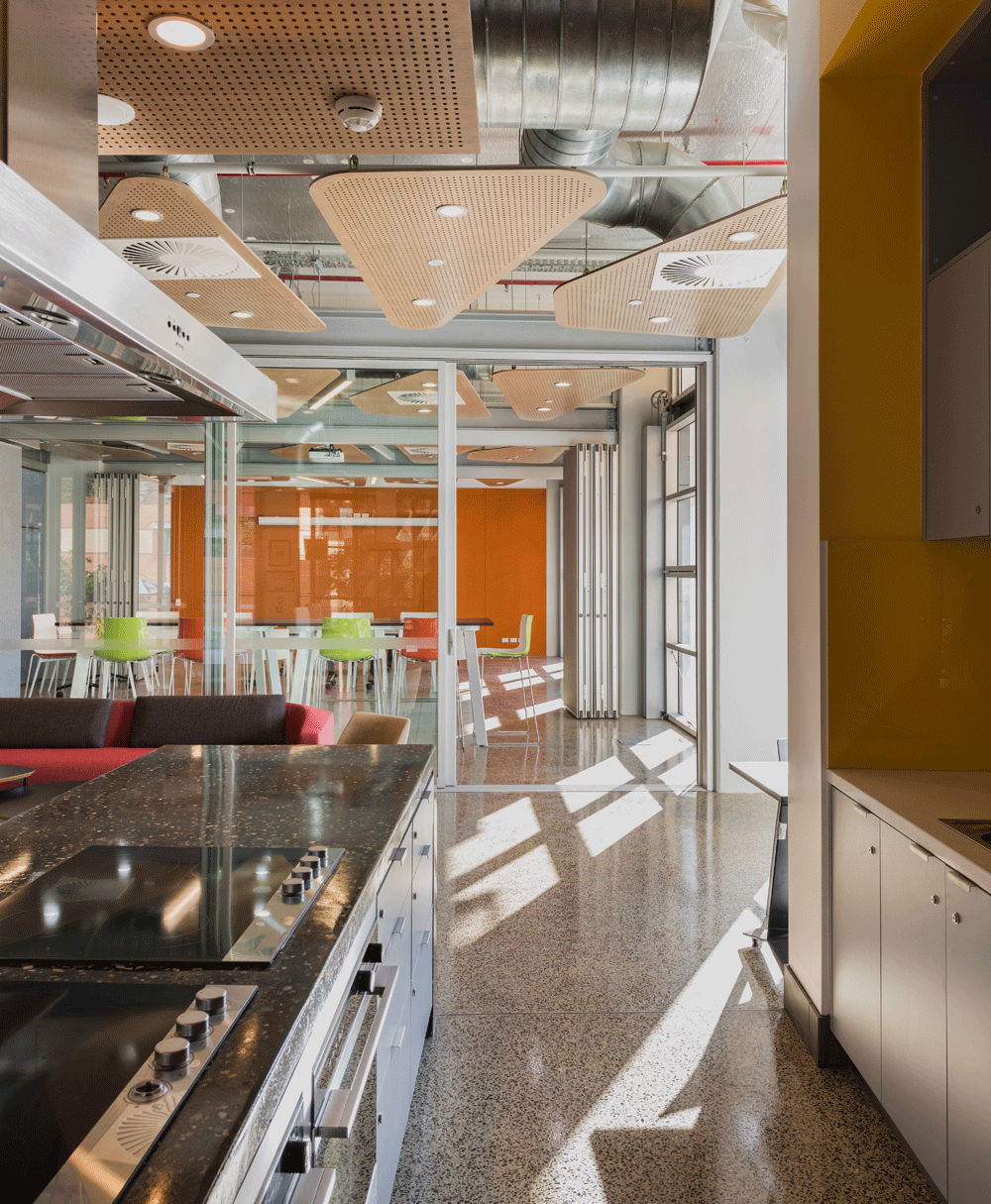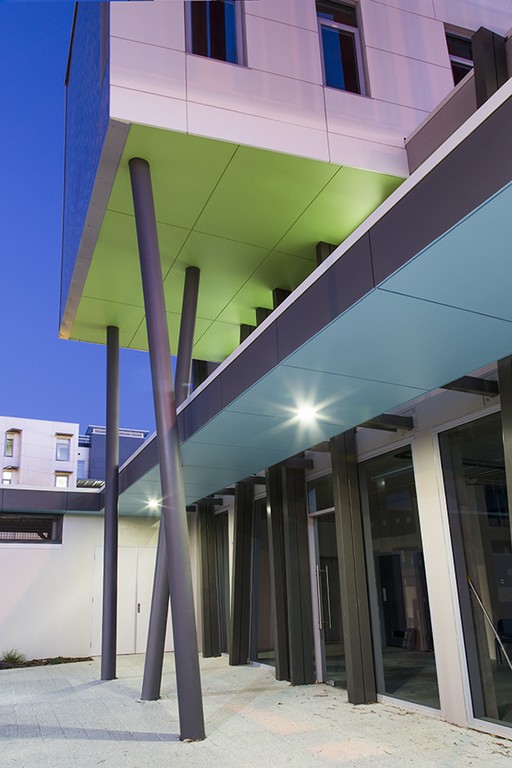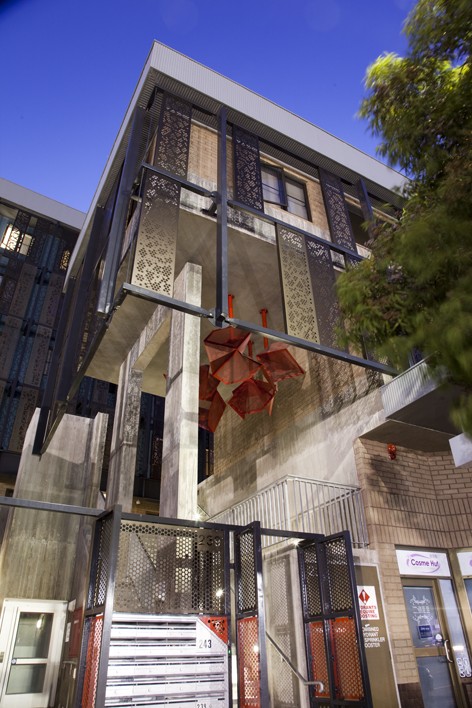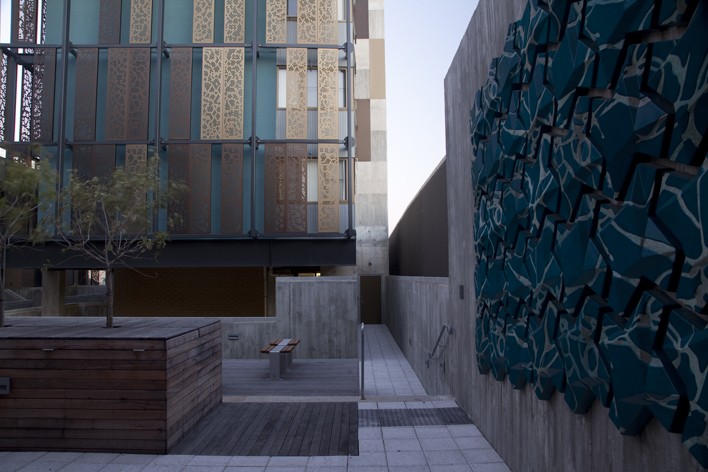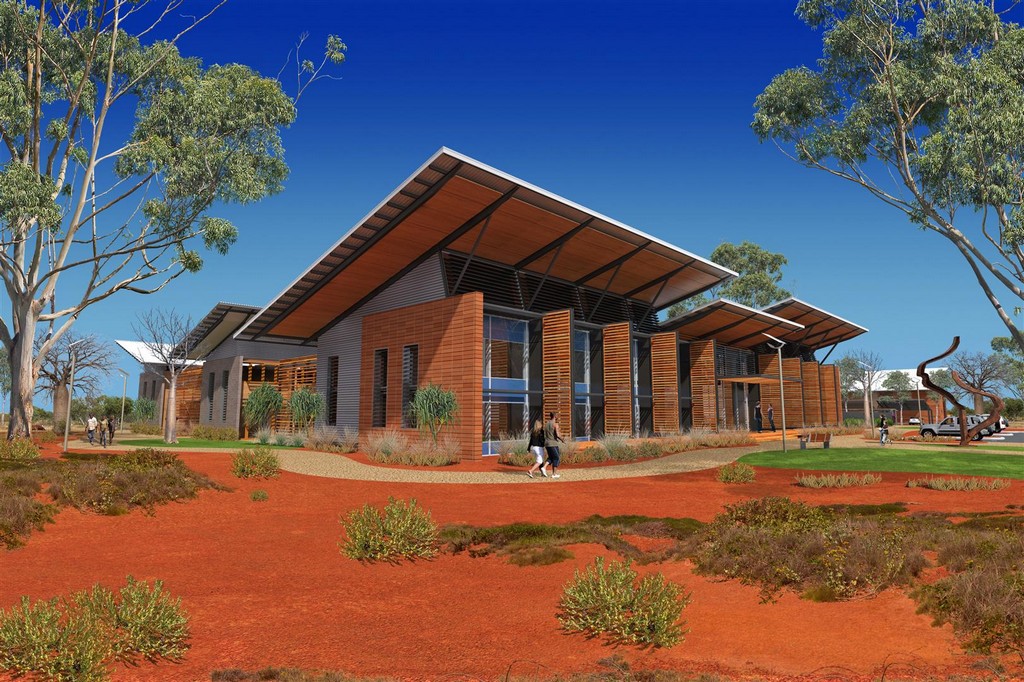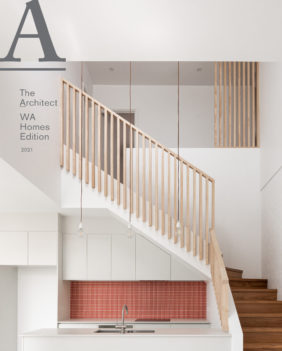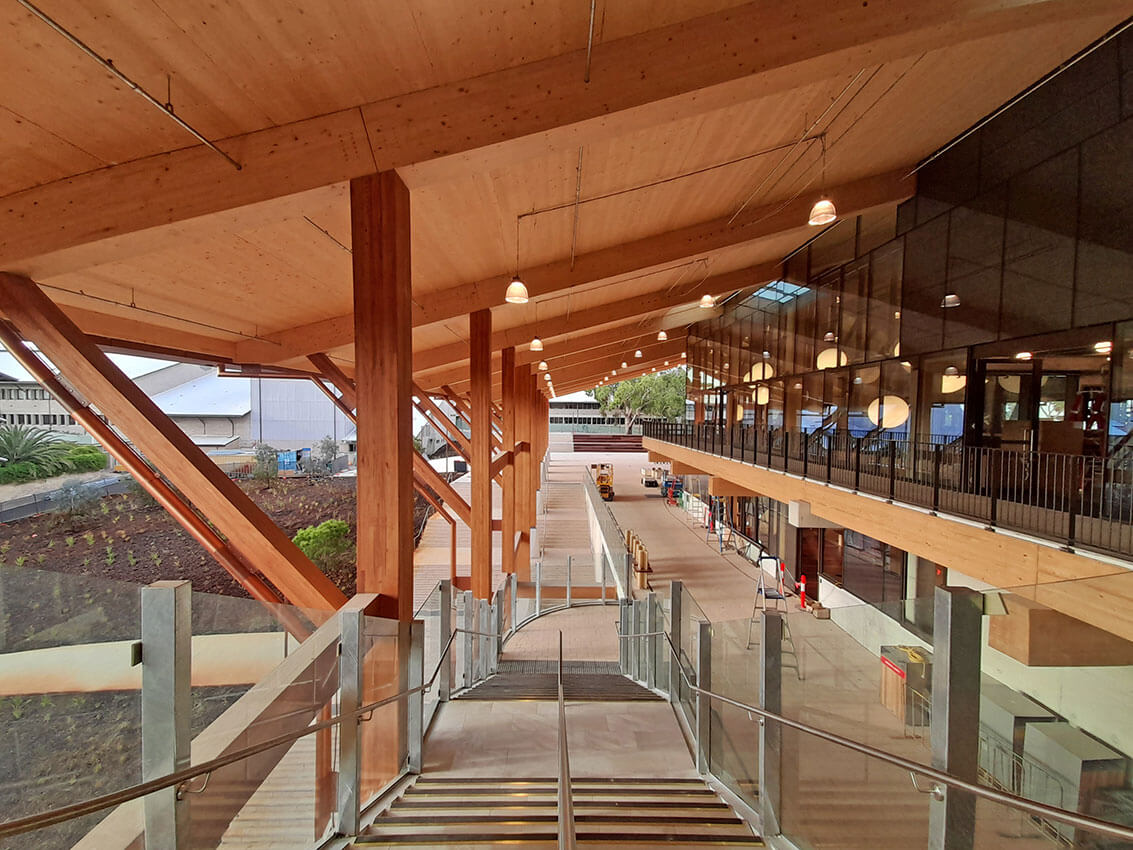My home project, foundation housing
Homelessness in Western Australia has been in the spotlight for the past year, particularly with the impacts of COVID-19. The Architect WA Homes Edition shared the opinions of architects active in advocating for social and affordable housing.
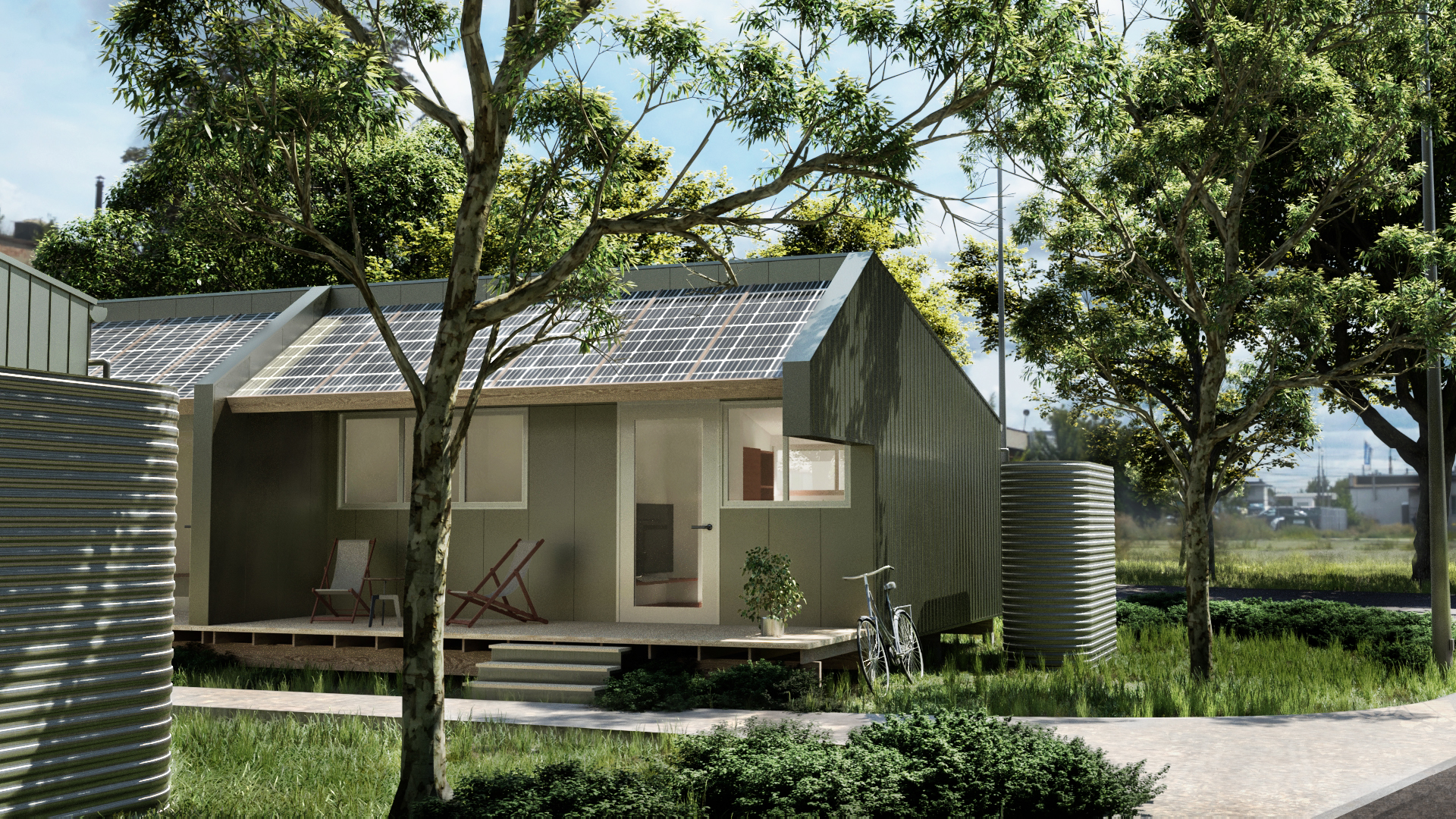
MY HOME PROJECT | MICHELLE BLAKELEY
Working with Passivhaus principles and cost-effective and sustainable construction, architect Michelle Blakeley explains her My Home project.
Recently, architect Michelle Blakeley stood on a vacant site in North Fremantle, south of Perth, as the State Minister for Communities, Hon. Simone McGurk MLA, announced funding for the first My Home houses for people who are homeless. It was a sweet moment after three years of negotiating with the state government for a peppercorn lease on vacant government-owned land.
Michelle Blakeley explains that My Home uses a PPP model to bring together government, church, private business sector and community housing providers to deliver and manage the houses and tenants.
The guiding principle for our project model is Housing First. As the name suggests, first provide a safe permanent home then tailored support services. This is unlike prior models where provision of housing is conditional. For example, an applicant needs to demonstrate acceptable behaviour.
The Housing First model is now widely accepted as a best practice response to reducing homelessness. We have seen examples in Finland, Canada, US communities and Australia which have achieved, or are on their way to achieving, zero homelessness.
These precedents show that Housing First has a success rate of around 80% – people do not regress to homelessness, and there are significant reductions in people presenting to emergency departments and dealings with the justice system. The provision of both support services and a home is critical. When a person has a permanent home, it becomes much easier for support services to help people find employment, undertake training, manage medical and social issues, rebuild self-worth and regain a self-sufficient life.
Housing First homes are integrated into the surrounding suburb and are empathetic to their context. Landscaping of the site is an important element in the model’s success. Putting aside building typologies, a residential area is identified by its gardens and trees, whereas industrial and commercial areas are usually devoid of these. We use landscaping to create privacy and definition of personal space. We have also introduced communal vegetable gardens, fruit trees, sensory plantings, barbecue and outdoor living spaces.
Read the full article here.
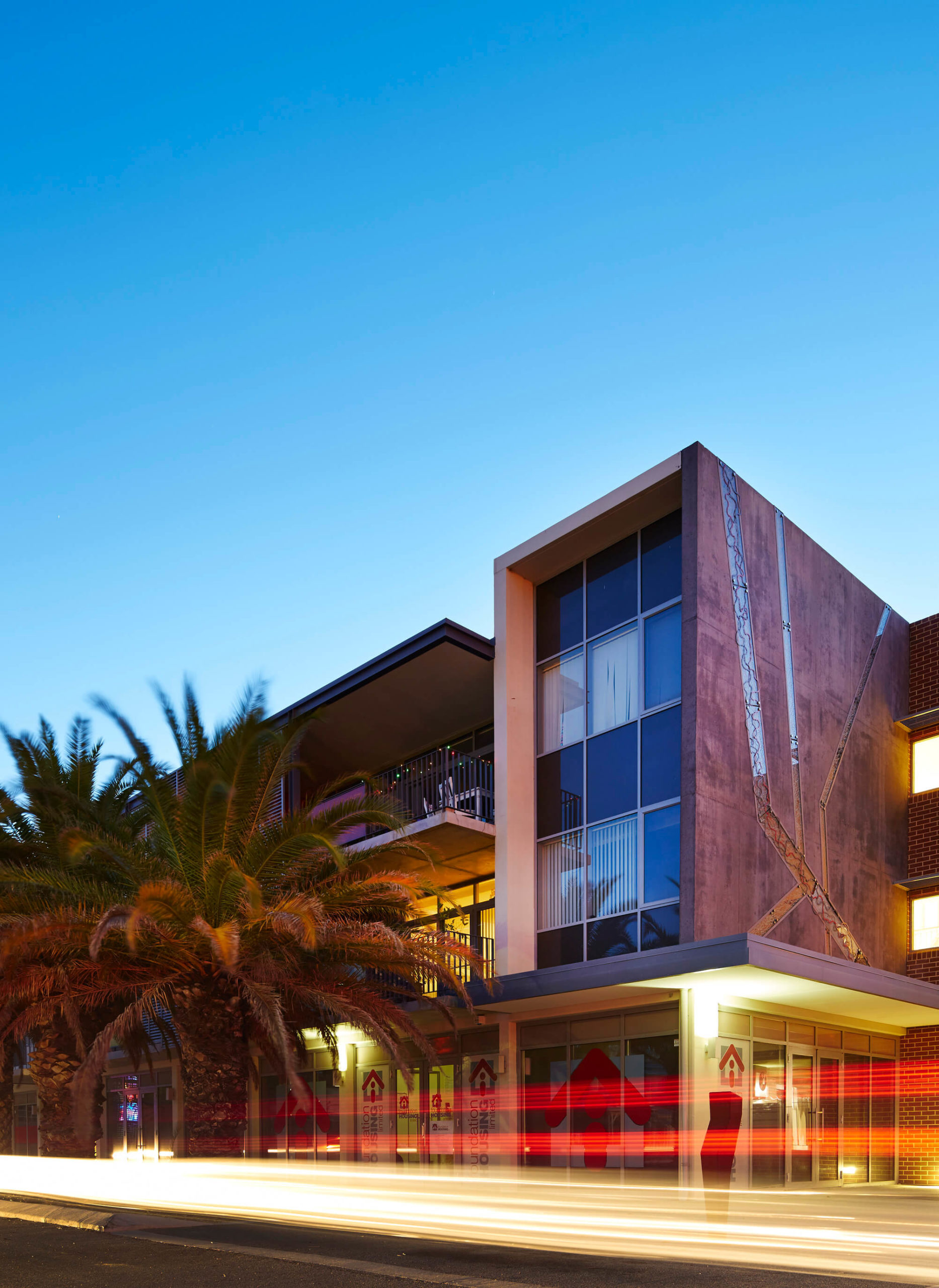
FOUNDATION HOUSING | PETER LEE | ARCHITECT AND DEVELOPMENT COMMITTEE CHAIR
Architect Peter Lee discusses Foundation Housing and the importance of quality design on people’s wellbeing.
It is important that our buildings are not institutional in look or feel. Having an architect as development chair has ensured design quality has been at the top of the selection criteria. And while our buildings have been innovative and won many awards, they are also commercially sensible.
We have a self-imposed set of constraints to provide housing where our clients want to live – near public transport, work, education and health facilities – in places where you don’t need a car. People spend as much on running a car as paying rent so availability of public transport is an important factor in sustaining our tenants. While it is more expensive to develop in these areas, it is essential in providing sustainable tenancies.
Much of Foundation Housing’s design work has been done by various architectural groups, including JCY Architects and Urban Designers, CODA, Chindarsi Architects, GHD, Hames Sharley and Hassell. Hassell have done a huge amount of pro-bono work to get projects going but don’t do much commissioned work for Foundation Housing. My partners at Spowers Architects and then Hassell have been amazingly supportive of my involvement and generous in their own support with meeting our community social responsibility as their only aim.
As architects, it’s important that we involve ourselves in community programs. It puts our profession forward as both caring and generous and not self-focused and insular. Creative thinking adds great value and in the case of Foundation Housing innovative and creative outcomes for more affordable housing.
Read the full article here.
